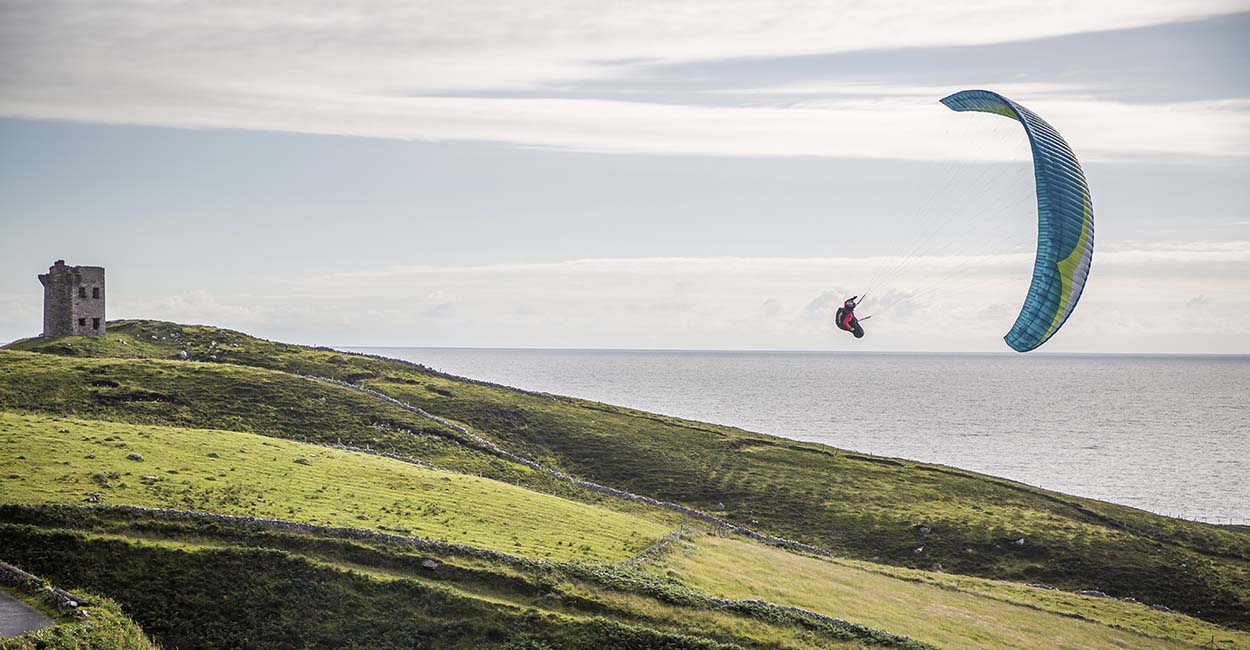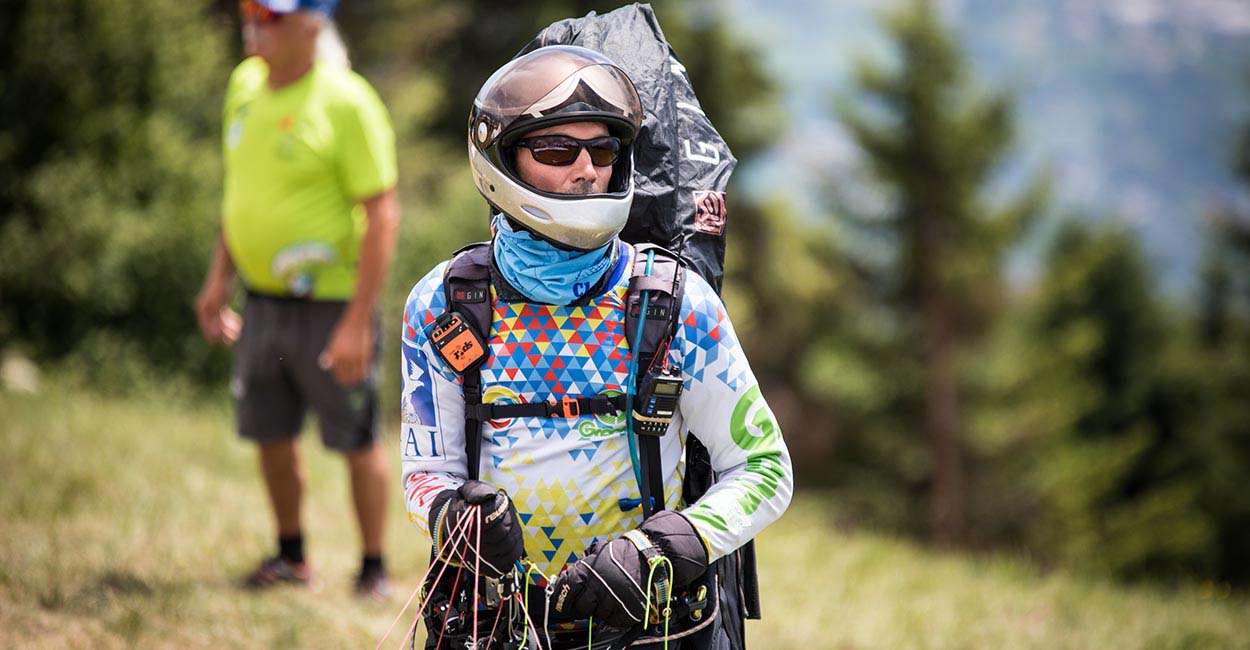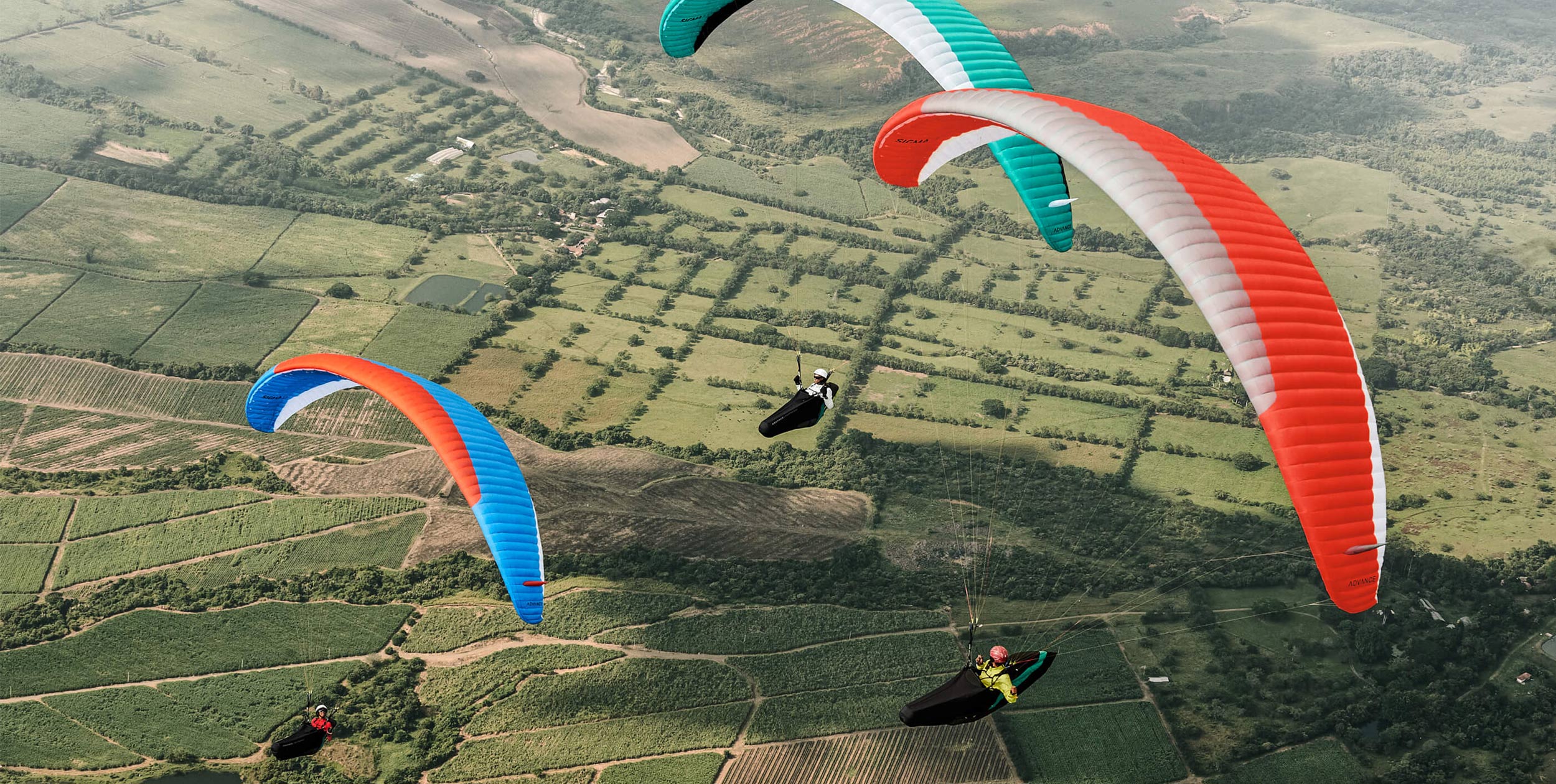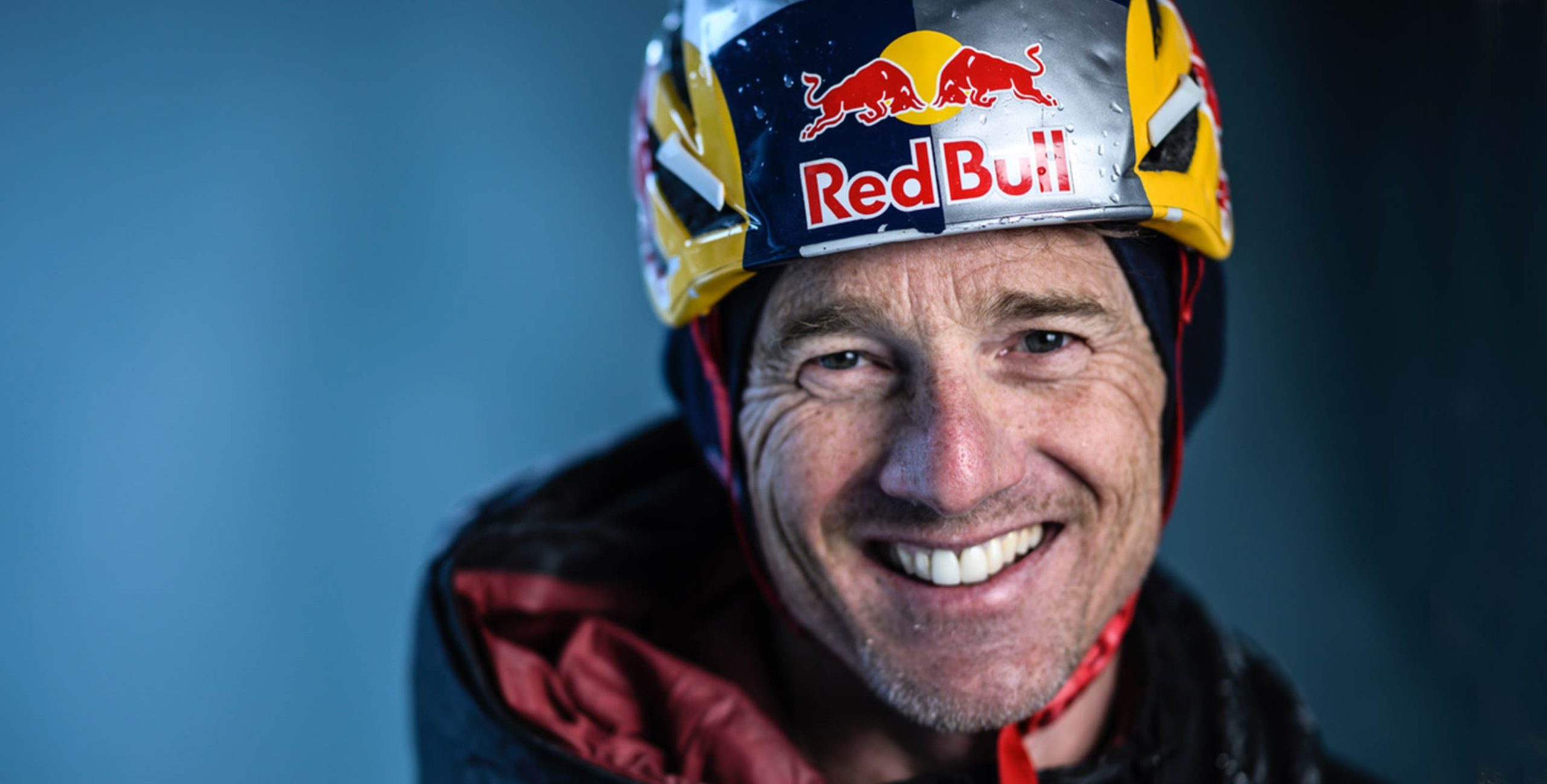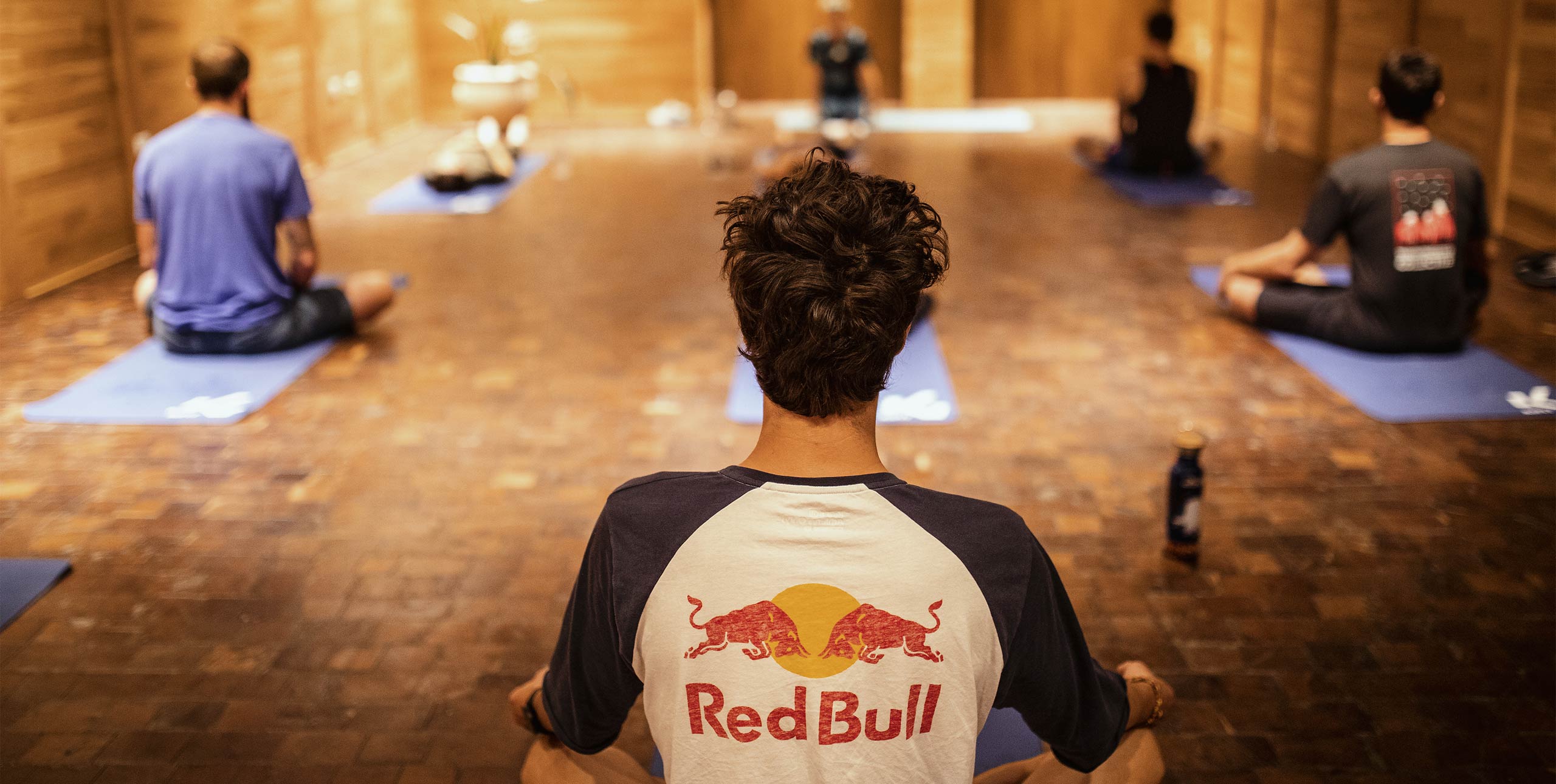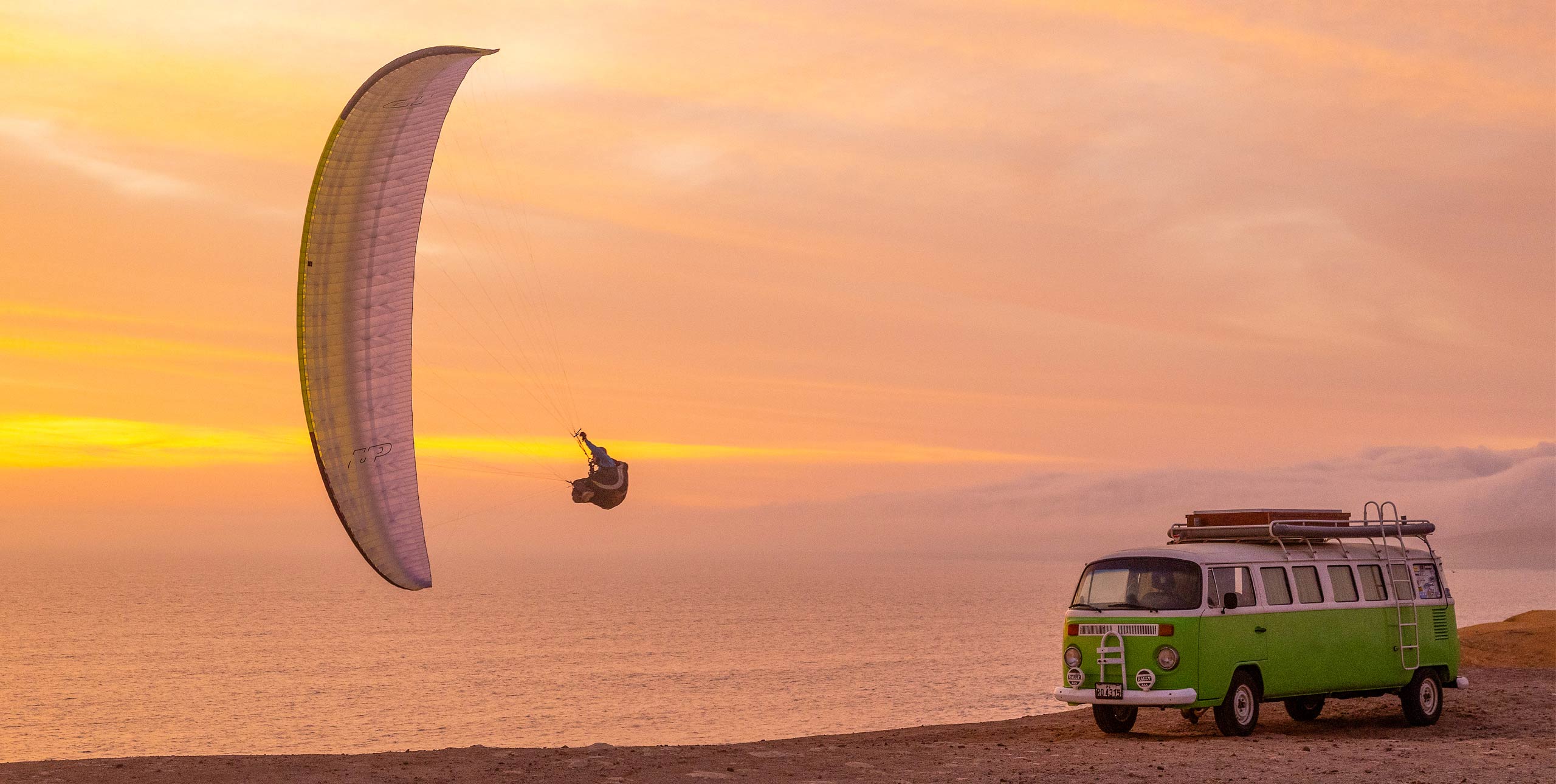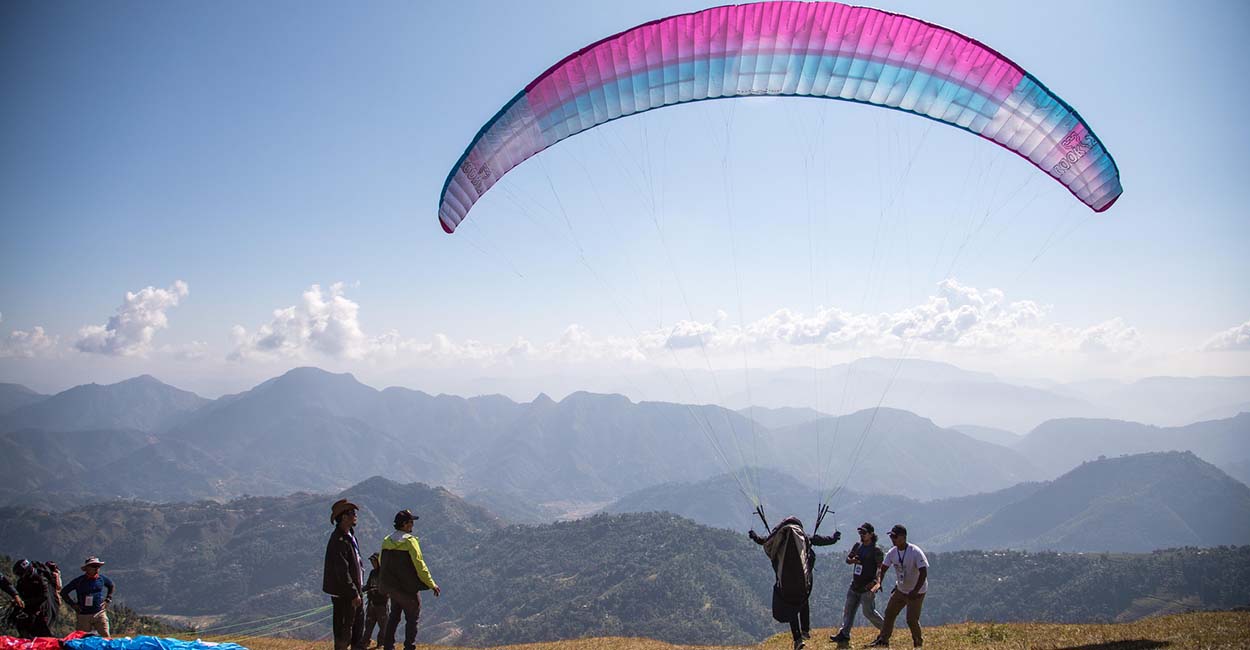
Your first paraglider is your most important one, writes Hugh Miller. It is the bedrock of your flying career. You need to be totally comfortable on as safe a wing as possible as you slowly become familiar with the strange, turbulent, ever-changing world of the sky.
And with a modern EN A or low-B glider, you have the perfect wing to do just that. EN As climb as well – if not better – than other classes of wing, and I believe offer better ‘real’ performance for early pilots than any other.
Simply put, they look after themselves and let you get on with the job of learning to fly really well. They’re brilliant fun, too. I’ve flown recent XCs on an EN A, EN C and competition wing: the EN A was by far the most enjoyable wing, dispelling all my ideas of dull handling. It was pure joy.
Some would say you shouldn’t move on from your first wing until you’ve perfected your launches, thermalled it to base, set off on your first cross countries and finally wrung the life out of it on an SIV course.
The reasoning is this: as a new pilot, your workload in the air is phenomenally high. You have so much to think about to stay safe. During your first 200 hours, you’re looking to convert as much of that workload to intuition as possible, so the basics – ground-handling, glider control, thermalling and gliding efficiently and safely on speedbar – become second-nature. This’ll allow you to free up some mental space to deal with decision-making, route-planning and so on – and only then are you ready to fly a higher aspect wing.
Indeed, most pilots move on from their first wing far, far too quickly, sold on the empty promise of ‘better performance’, when in reality they would progress far quicker and become more natural pilots by flying their first wing to the absolute limit of their capabilities first.
Here are some pointers on flying a lower-performance wing really well.
1. Learn to climb well
Low aspect wings climb tighter in the core than higher aspect wings. You can spin them up on a sixpence (and that’s a figure of speech – no spins on my account, ok?), and crank them inside their higher aspect counterparts. That’s why paragliders can outclimb sailplanes, despite their much poorer sink rates. We fly right in the strongest centre of the thermal core, while the sailplanes fly orbits around us in the weaker lift. The same principle applies to EN A wings. The right pilot should be able to outclimb competition wings with them.
2. Learn to ride low saves
Low aspect wings are easier to catch low saves with. Because they don’t move about much, you can concentrate on the feel of the thermal. There’s less ‘wing’ between you and the air. Rather than being busy managing a higher aspect wing, you’re free to feel where your wing is being pulled and go with it.
EN As can help you find the core more easily. They’re trimmed so they’re really pitch stable, so you don’t get so buffeted around in turbulence, meaning you can dial in really steady 360s. You’ll need to learn to ride low saves, as you may well end up lower than your friends after each glide – but it’s an essential skill.
3. Fly good lines
Your glide and speed won’t be as good as pilots on high aspect Bs and Cs, so you have to learn to feel ‘lifty’ lines of air. They do exist. Competition pilot Nick Greece has this to say: “Following lines requires a feeling that is so ‘black art’ that it is impossible to put down in words what we are doing on a line sniff.” Intrigued? Get practicing!
Some hints: listen to your vario, and glide hands-up. Feel the subtle shifts through the risers and make very tiny movements with your brakes to feel your way into lifty air.
Instructor and alpine guide Kelly Farina has been flying for years and chooses to fly low aspect wings over competition wings, and reminds us that “a good line on an intermediate paraglider will outperform a high performance glider on a bad line every time.”
Go downwind as much as possible and definitely don’t race the others. Just concentrate on yourself and picking the right lines for your wing. You can overtake competition wings with the right lifty lines. And that’s satisfying.
4. Climb right to the top
You won’t be able to glide as far, so altitude is way more important than distance. The trick then is to really learn to work each climb right to the top. It’s like the last few hundred feet to base are your golden time. Though it feels time to rush off, you have to really soak up the best of the climb on an A before picking a really close next target. Spend your time coring the climb, and in time you’ll free up some space to think about your next move.
5. Avoid sink
Stay high and under cumulus, or milky patches to stay in good air, and stay on the upwind side of clouds. You don’t get so many plan B, C or Ds because you don’t have the reach, so fly conservatively. In lifty air paragliders are amazing – they glide for miles. But in sink it’s a different game.
I keep forgetting just how slowly we fly, and how quickly the clouds we head for can turn from mushroom dead certs to fat lumps of decay. Really, at 35km/h, we’re not going any faster than a road bike. And when you’re spending time in horrible sinky air, it really hurts. That’s why high performance wings have such an advantage – they can cut faster and flatter through the slabs of sink, which drag lower performance wings down like weights of concrete.
6. Keep learning
To keep learning, make it your goal to keep learning. A lot of us get lazy, and think we’ll get better just by going flying. We don’t. We need to learn from our mistakes and set ourselves goals. Some might be, ‘stay in the air for two hours’, ‘get right to cloudbase’ or ‘practise gliding on half speedbar’. Jot down some thoughts after each flight, and read them before your next one, so your learning is a continuous thread.
When you think you’re ready to change to a higher performance wing, stop and ask yourself which of these you haven’t yet done… and ask yourself again if you’re really ready. Have you flown a few cross countries? Done an SIV course? Ridden a leeside thermal that feels like it wants your wing anywhere but in the core? Glided on full bar at cloudbase? Because you’re only holding yourself back if you haven’t yet mastered these skills on an EN A or your first glider first.
This is an edited extract from Fifty Ways to Fly Better by Bruce Goldsmith and Friends


